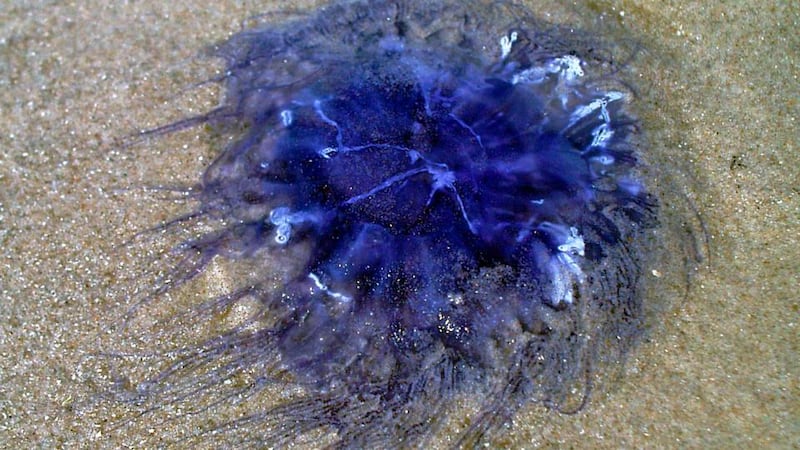A leading marine biologist has said the “jury is still out” on whether there has been a significant multiplication of jellyfish in Irish waters this year and, if so, whether there is a link to global warming.
However, there has been a marked rise in mass strandings over the summer along the west coast, according to Dr Tom Doyle of University College Cork's coastal and marine research centre, with the mauve stinger (Pelagia noctiluca) being particularly prevalent.
Dr Doyle said the mauve stinger was a danger to open-water swimmers from Dingle, Co Kerry, to Co Donegal. The lion's mane (Cyanea capillata), another hazardous species, is more prevalent on the east coast.


Strandings of thousands of mauve stingers occurred in Ballyferriter, Co Kerry, in late August and in Co Donegal early last month.
Dr Doyle said he also received reports of the same species in Sligo, Mayo and Galway. However, he said it was still "very difficult to say" if this year was exceptional, or if there was a greater awareness and reporting of the strandings due to an increased number of visitors to the coast with the warm weather. "We have records of the Pelagia noctiluca in mass strandings back in the early 1900s, thanks to records kept by pioneering naturalist Maude Delap on Valentia Island, Co Kerry," Dr Doyle said.
“So far we have had no significant reports of damage to fish farms, and nothing on the scale of that which occurred when a fish farm was seriously damaged in Co Antrim in 2007.”
Dr Doyle said there was an exceptional abundance of jellyfish from the Porcupine Bank right up to Rockall in 2007.
"We have no comparable data this year, as we haven't the resources, but we do expect to have more information when the Marine Institute undertakes its groundfish surveys this autumn," he said.
Continuous plankton recording during marine research can detect jellyfish material, and there has already been an increase in this in the northeast Atlantic.
Dr Doyle said some 15 to 20 years of data would be required before it could be concluded whether the increase in strandings was a cyclical occurrence, or due to warming temperatures and/or acidification of seas. “We do have a bigger footprint in the sea, with a lot more marine activity and a greater conflict between us and jellyfish, and that has to be taken into account,” he added.











